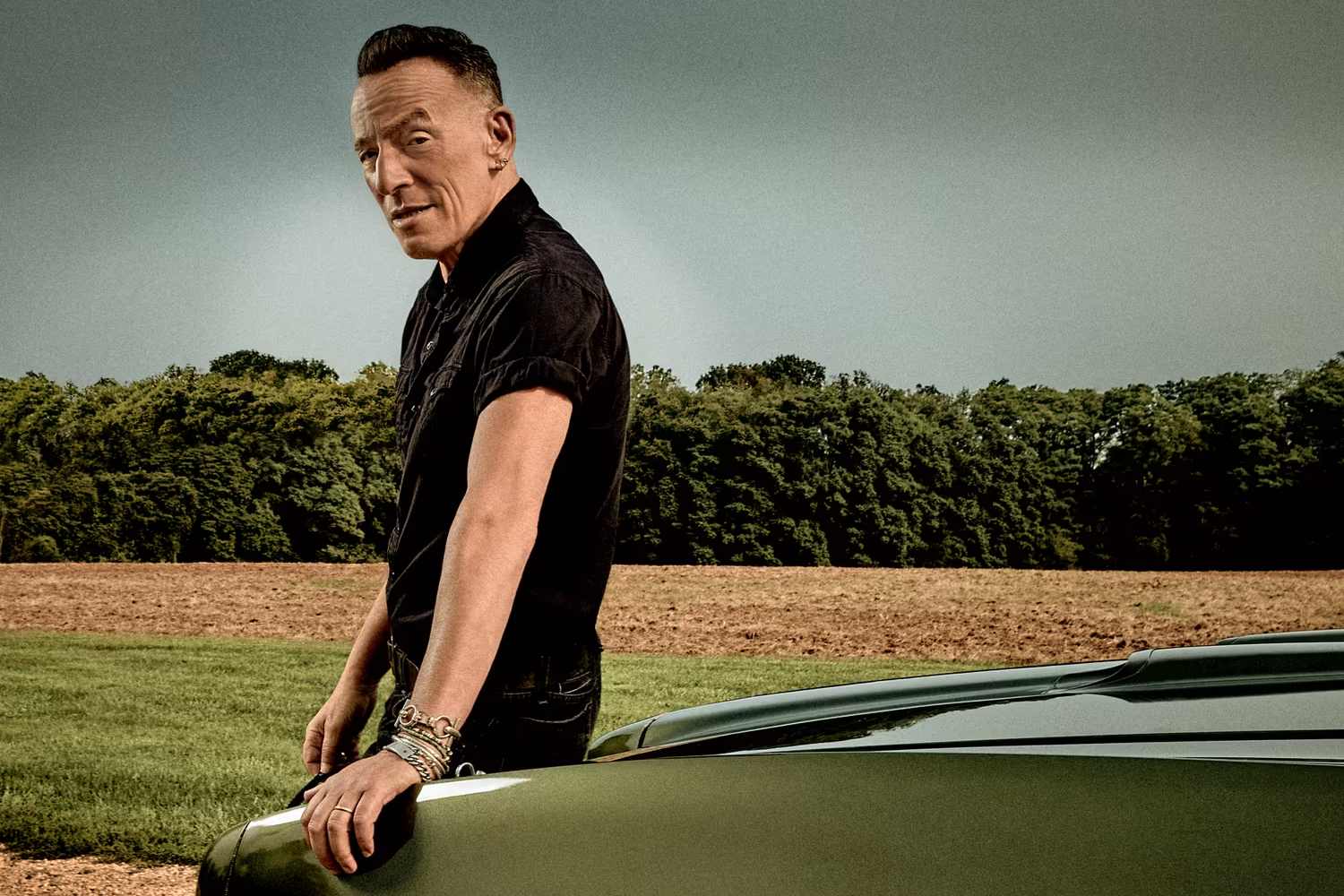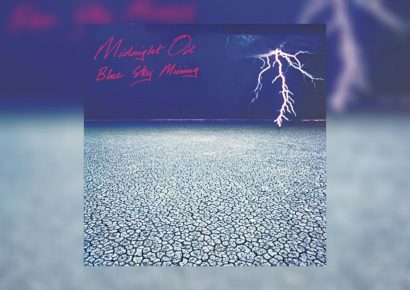Revisiting the Boss' work and dissecting his deep soul connection
There was a joke that at a Bruce Springsteen US show, there’d be more African Americans on stage – sax player Clarence Clemons and early pianist David Sancious – than in the audience.
Slight exaggeration, yes. But Springsteen always epitomised white rock, and his storytelling was generally accepted to be directly descended from Woody Guthrie and Bob Dylan.
So at the age of 73, it’s eyebrow-raising that his new twenty-first studio album Only The Strong Survive consists of soul covers.
Read all the latest features, columns and more here.
“I decided to do something I had never done before: make some music that is centred around singing, around challenging my voice,” he said in a YouTube video when announcing that the record was coming out on November 11.
“Now, in my own memoir, I give my voice a little short shrift by saying I didn’t think I had much of one. But once I started on this project, after listening to some of the things we cut, I thought, ‘My voice is badass!'”
Only The Strong Survive celebrates 15 gems from legendary catalogues such as Motown, Gamble & Huff, and Stax.
Springsteen continued, “I wanted to make an album where I just sang. And what better music to work with than the great American songbook of the ’60s and ’70s?
“I’ve taken my inspiration from Levi Stubbs, David Ruffin, Jimmy Ruffin, the Iceman Jerry Butler, Diana Ross, Dobie Gray, and Scott Walker, among many others. I’ve tried to do justice to them all—and to the fabulous writers of this glorious music.
“My goal is for the modern audience to experience its beauty and joy, just as I have since I first heard it.”
Bruce Springsteen has long described his career as “a lifelong conversation with my audience” and that he’s always been lucky that a large chunk of it is interested in whatever his latest obsession is.
Most were hits in America, like Jerry Butler’s ‘Only The Strong Survive’ (1968, #4), The Commodores’ ‘Nightshift’ (1985, #3), Tyrone Davis’ ‘Turn Back The Hands of Time’ (1970, #3), The Temptations’ ‘I Wish It Would Rain’ (1967, #4), and Jimmy Ruffin’s ‘What Becomes Of The Brokenhearted’ (1966, #7).
Lesser hits included the Walker Brothers’ version of Frankie Valli’s ‘The Sun Ain’t Gonna Shine Anymore’ (1966, #13), the Four Tops’ ‘When She Was My Girl’ (1981, #11) and ‘7 Rooms of Gloom’ (1967, #14), and Ben E. King’s ‘Don’t Play That Song’ (1962, #11).
Australian radio in the 1960s was so white bread that most never got a look-in here, although ‘Nightshift’ reached #8, and The Supremes’ ‘Someday We’ll Be Together’ went up to #35.
Melbourne-based Max Merritt & The Meteors’ take on Jerry Butler’s ‘Hey, Western Union Man’ went to #13, and Billy Idol’s 1986 cover of William Bell’s ‘I Forgot to Be Your Lover’ peaked at #3.
Also getting belated Australian radio attention were Jon Stevens’ 1994 version of ‘I Wish It Would Rain’ (which he cut to raise money for bushfire victims) and Paul Young’s 1991 recut of ‘What Becomes of the Brokenhearted’.
As a result of Only The Strong Survive, critics and academics are revisiting the Boss’ work, and finding more soul influences than first thought.
Some argue the setup of the E-Street Band was more along the lines of soul-funk outfits like Sly & The Family Stone rather than the Rolling Stones. Or how he has admitted, he “has Smokey Robinson’s voice in his head when he writes songs.”
They look at Springsteen’s homage to soul and R&B on the track ‘The E-Street Shuffle’ and how it was “inspired” by ‘Monkey Time’, the 1963 song Curtis Mayfield wrote for Major Lance.
They also point out how the paramount role of Clarence Clemons in the E-Street Band prevented it from being a fully white rock outfit.
Springsteen never thought of the Big Man as a sideman, but a soul mate whom he regarded with utmost respect and affection, and whom he allowed to shape the band’s sound.
In its 2011 obituary of Clemons, the New Yorker magazine described him as “a vessel of many great soul, gospel, and R&B players who came before him” and “an absolutely essential, and soulful, ingredient in both the sound of Springsteen and the spirit of the group”.
That sound was particularly dominant on the mid ’70s ‘Jungleland’, ‘Incident on 57th Street’, and ‘Rosalita (Come Out Tonight)’.
The best piece on the Boss’ black roots is The Soul Roots of Bruce Springsteen’s American Dream, written some years ago by US academic Joel Dinerstein.
It showed how Springsteen’s stage mannerisms came from that of the great soul legends. It also suggested that his sense of social justice came as much from African American music.
It cited a July 7, 1981, show in Stockholm, when Bruce introduced ‘Independence Day’, about a son leaving home after battles with his father.
“He identified African American music as the trigger which enabled him to reject his father’s blue-collar conservatism while also jumpstarting his quest for a distinctive interpretation of freedom.
Bruce told the audience, “Back in the ’60s, people were asking a lot of questions about the forces that shape their lives. (But) the only place I ever heard [about] it was at night listening to the radio… It seemed like in those songs by The Drifters and Smokey Robinson, there was a promise, and it was just the promise of a right to a decent life… That you didn’t have to live and die like my old man did, working in a factory until he couldn’t hear what you were saying anymore.”
Only The Strong Survive more than casts a spotlight on this great music.
But with 40 outtakes that didn’t make the final cut, Bruce Springsteen die hards will be kept busy digging the goldmine for years to come.
Head to Bruce Springsteen for more information on the new album.







